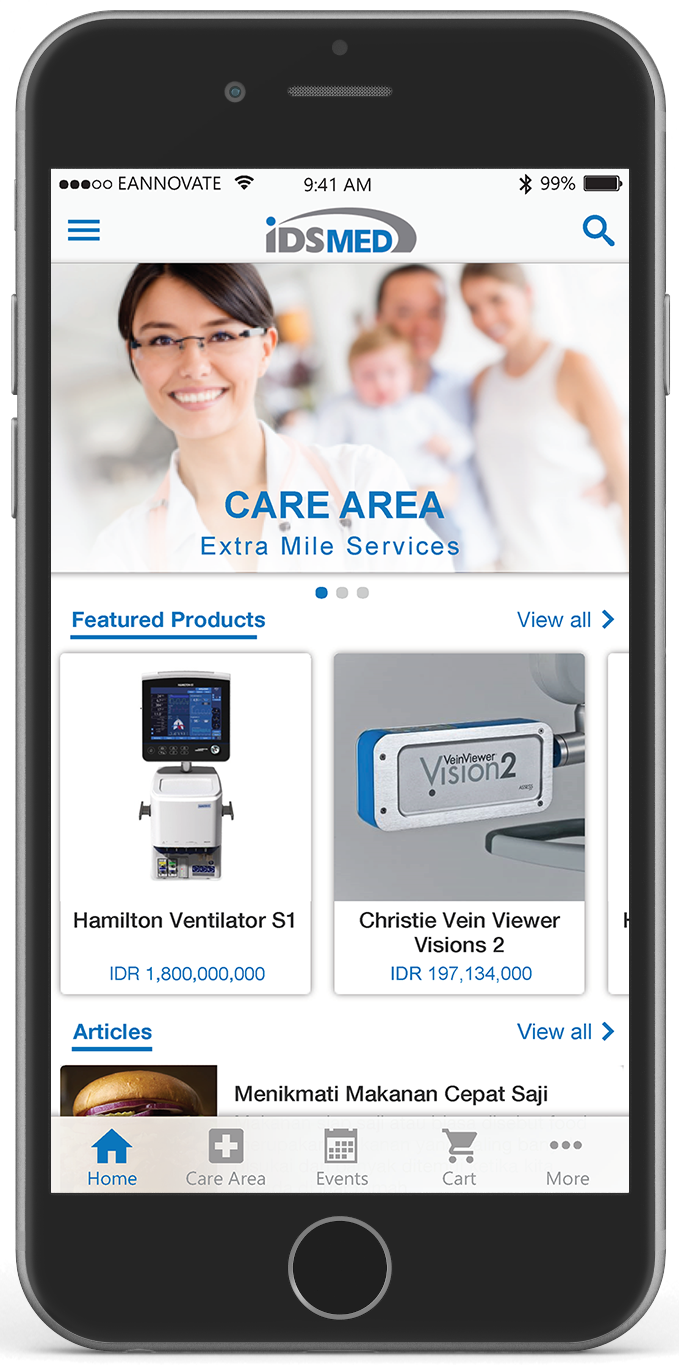A person will encounter anesthesiology practice at least once throughout their lives and through a variety of circumstances. You must probably have scheduled a visit to the dentist (
well, if you haven’t made one, then you obviously will!), whether to have
regular dental checkups or
taking out your wisdom teeth, which in most cases require a dispatch of local anesthesia. Last week, we all learned that you can experience “accidental awareness”, which basically means
you can wake up during surgery. In extremely rare cases, a patient under general anesthesia may become aware during surgery and has a direct recall of what occurred. Generally, the patient is unable to communicate with the surgical team because of the routine use of paralytics during general anesthesia.

According to
MedicineNet, patients who experience “accidental awareness” report auditory recollections (48%), sensations of not being able to breathe (48%), and pain (28%). Over half of these patients are reported to experience mental distress following surgery, including PTSD (posttraumatic stress disorder) which can lead to long-lasting after-effects (nightmares, night terrors, flashbacks, insomnia, even suicide!). These patients may need to see psychiatric to ease their anxiety.
Some researchers are now formally interviewing patients after surgery to calculate the incidence of “accidental awareness”. It is a good practice for the anesthesiologist to visit a post-surgical patient. Most patients who were not unnecessarily disturbed by their experiences do not need to report cases of awareness unless directly asked. In the other hand, patients who are greatly disturbed report their awareness, but anesthesiologists and hospitals deny the occurrence.
Despite a variety of available monitoring methods, awareness is difficult to recognize while it’s occurring. Typical indicators of physiologic and motor response, such as
high blood pressure,
fast heart rate, or
hemodynamic changes, are often covered using paralytic agents. Recent advances have led to the manufacture of “monitors of awareness”. Typically, these
monitor the EEG, which
represents the electrical activity of the cerebral cortex. The monitors usually process the EEG signal down to a single number, where “100” corresponds to a patient who is fully alert, and “zero” corresponds to electrical silence. General anesthesia is usually signified by a number between 60 and 40.
However, the risk of awareness can be reduced by avoidance of paralytics unless necessary. Medical practitioners should be careful in checking the drugs, doses and equipment. The
Isolated Forearm Technique (IFT) can be used to monitor consciousness and is considered a reference standard where consciousness can be assessed.










